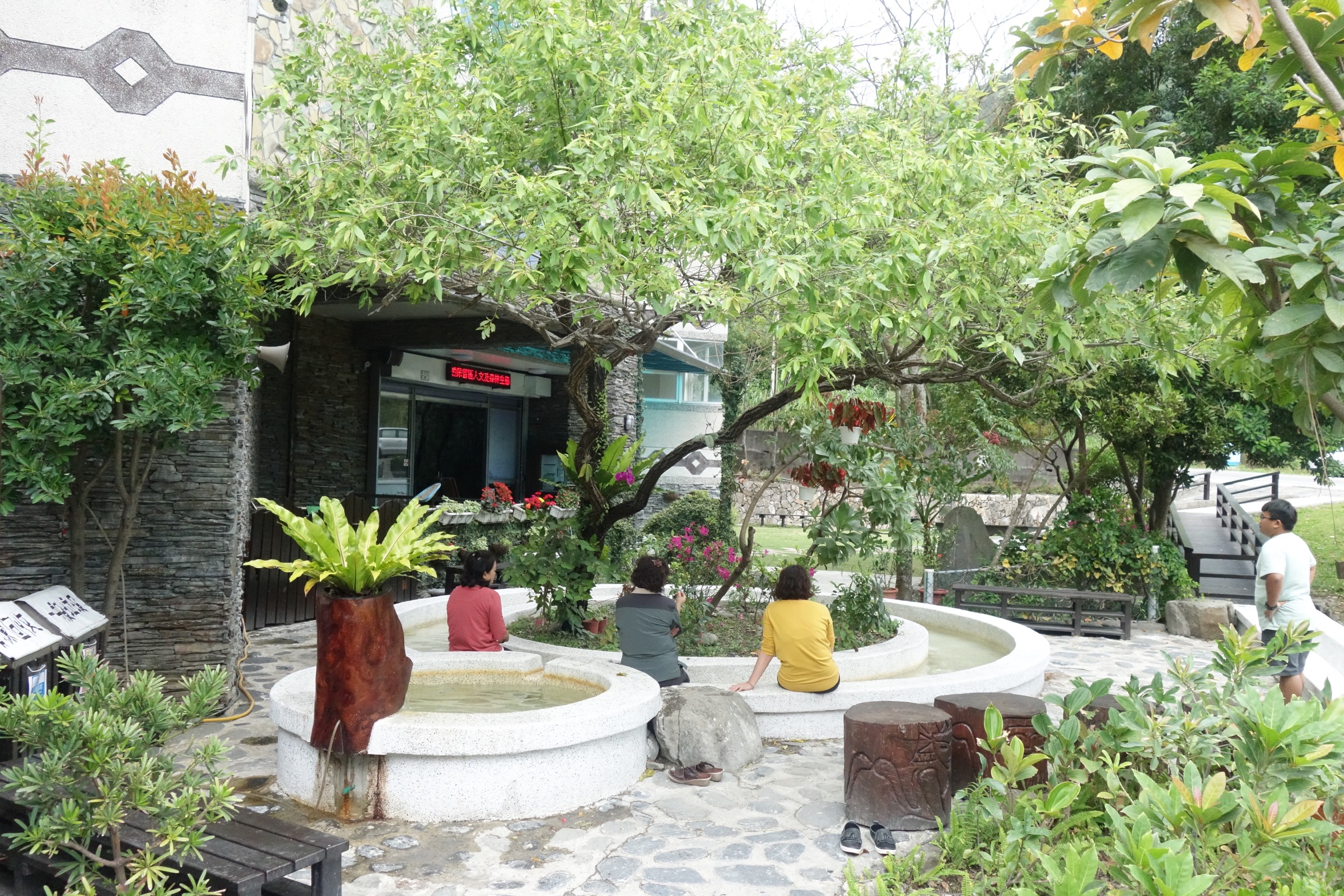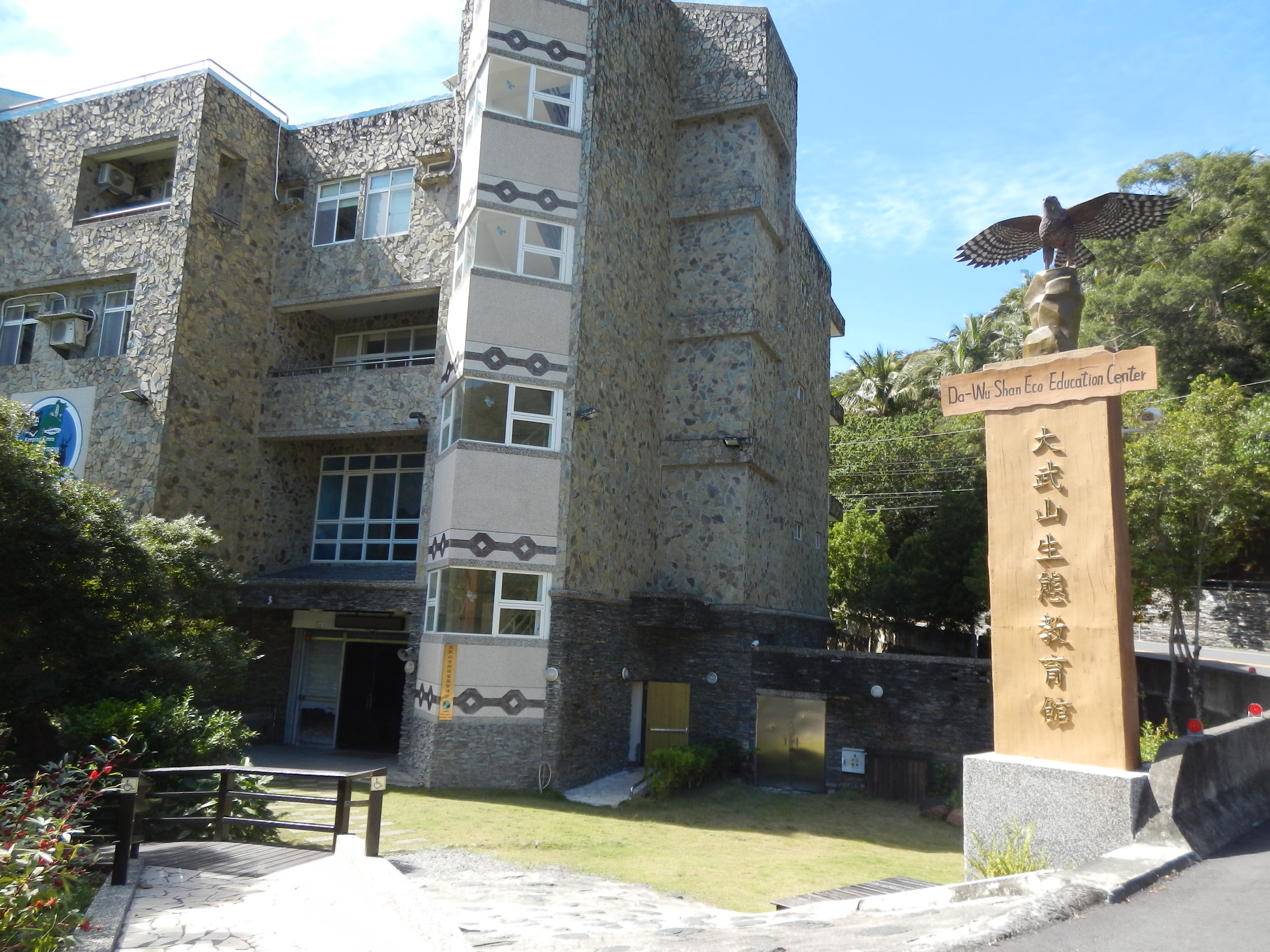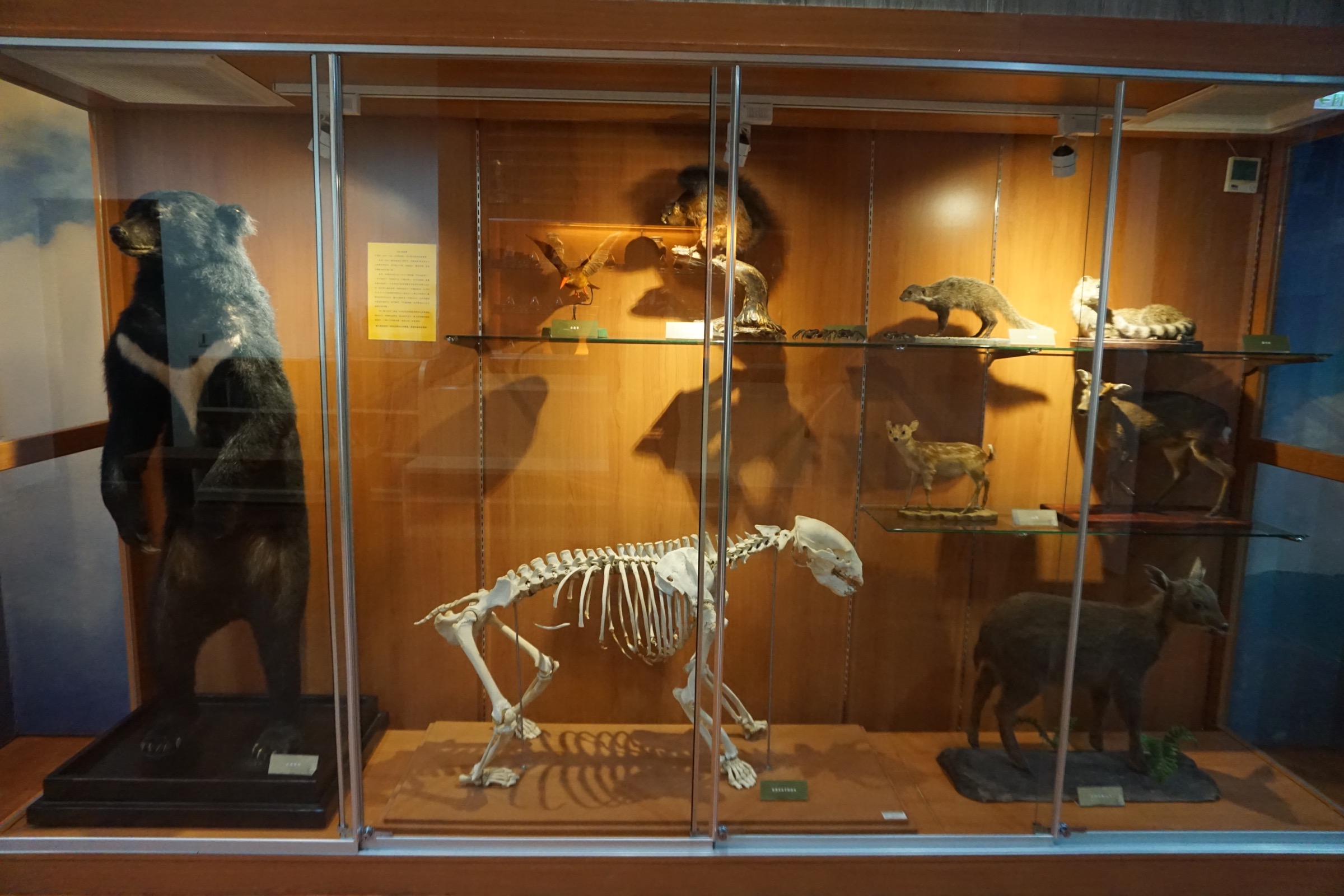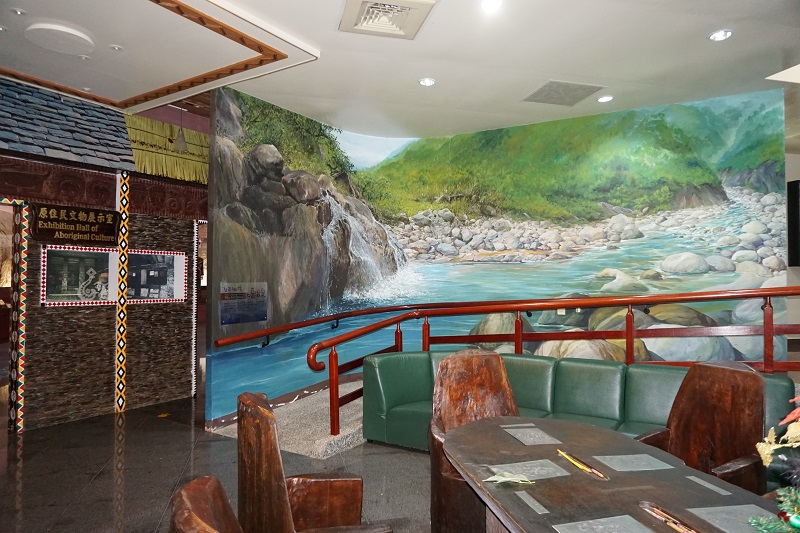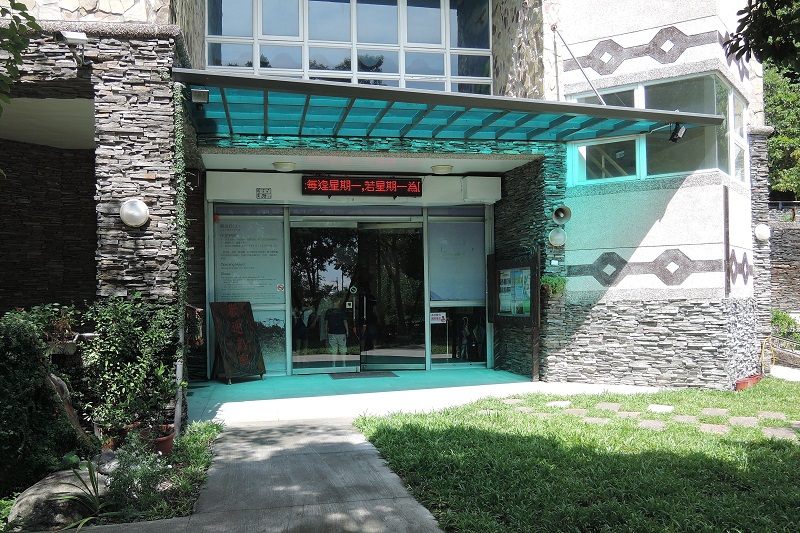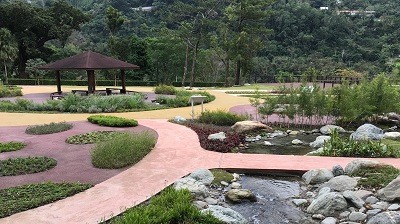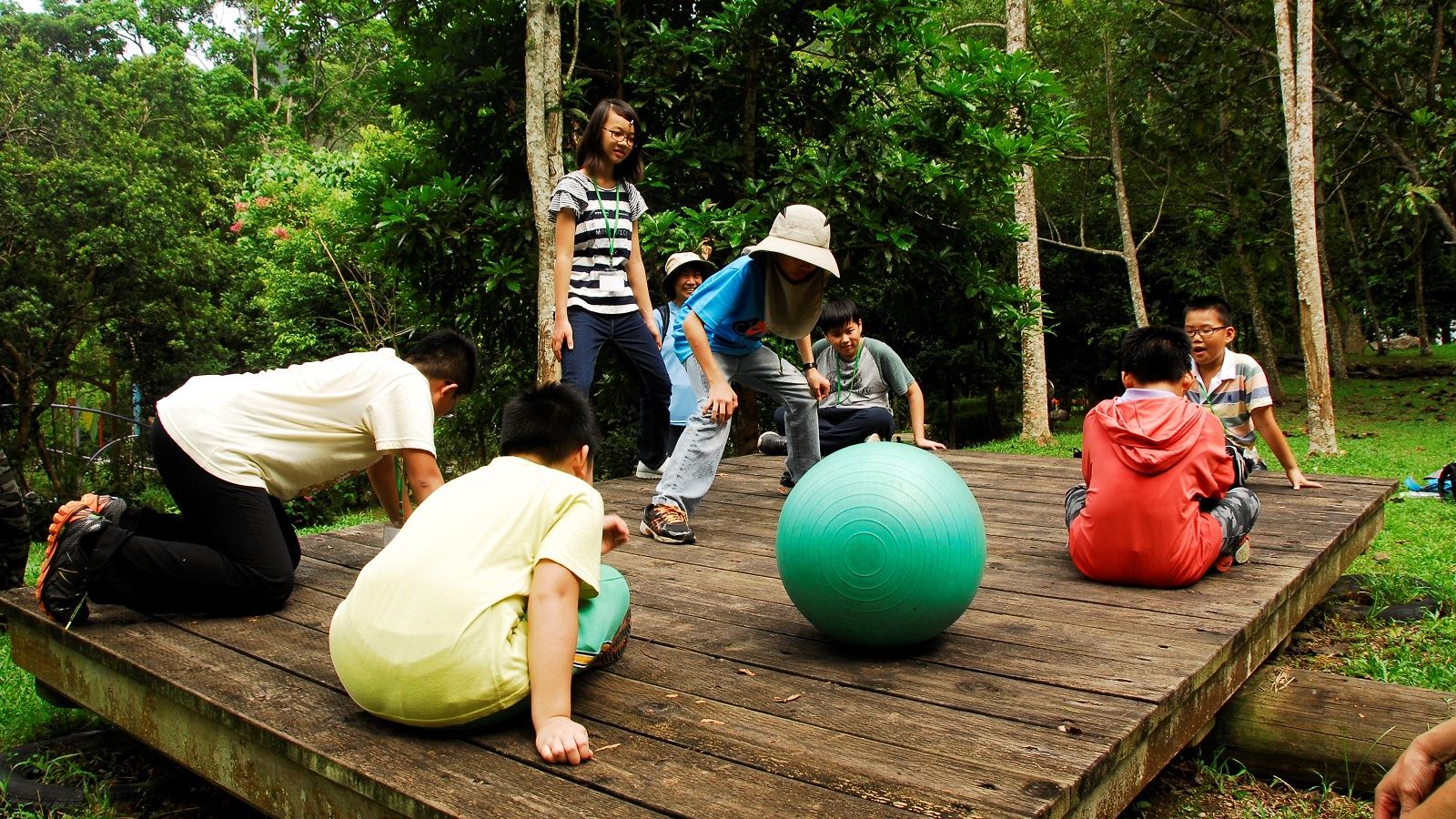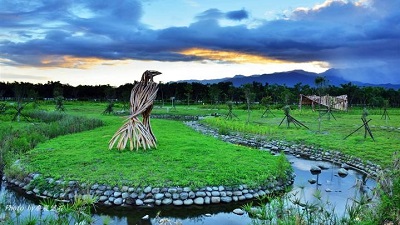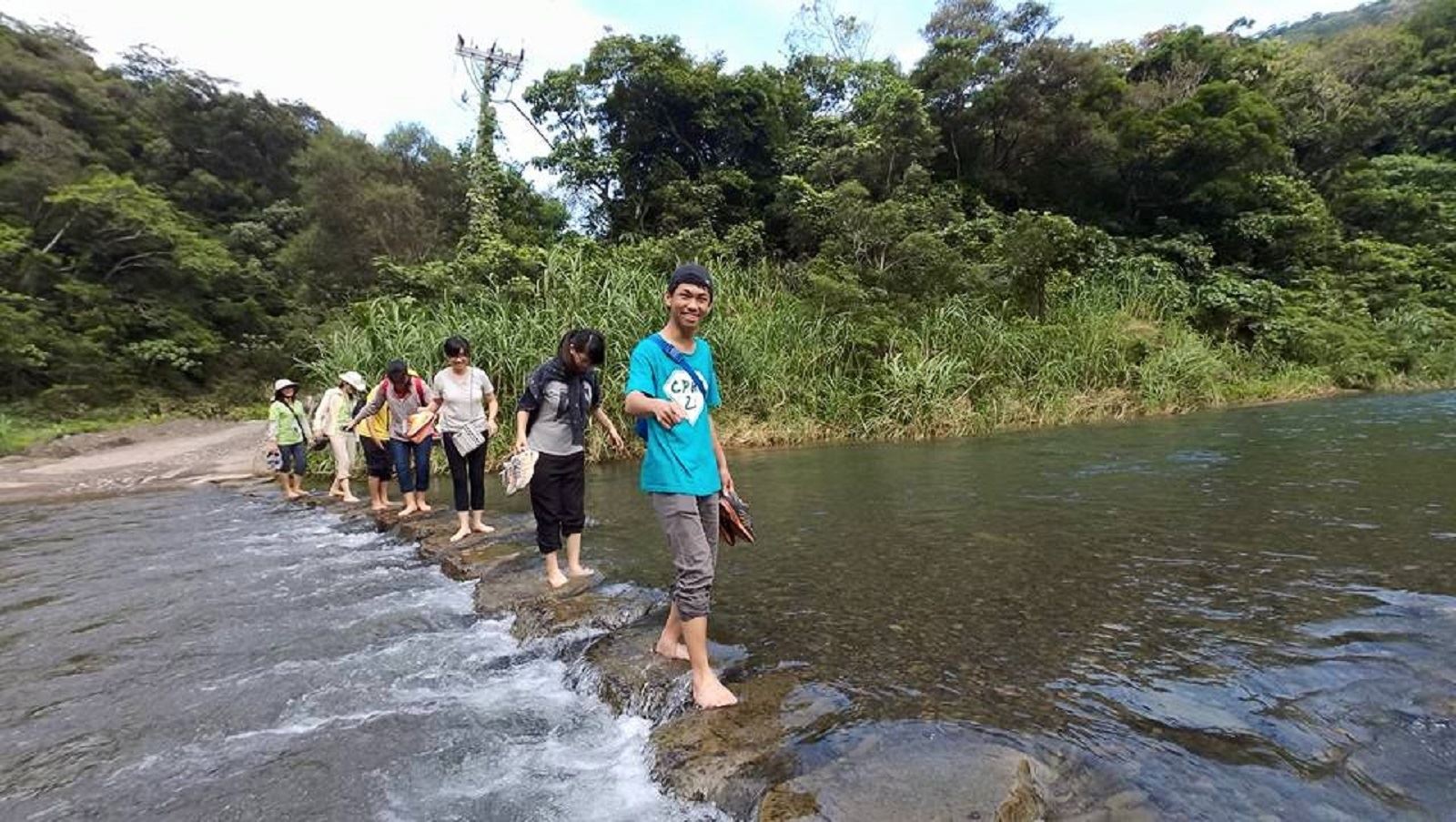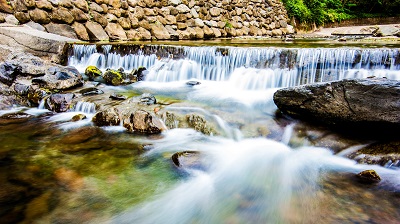Taimali Township, Taitung County
Dawushan Ecocenter
Dawushan Ecocenter gives an in-depth introduction to local culture and the forest ecosystem of the Dawu nature reserve. It is a modern facility that hosts training and seminars. People can know more about the reserve’s purposes and functions here, and learn the founding story of the reserve. We hope to increase people’s environmental awareness and love for nature, in addition to gaining related knowledge.
Weather Forecast
|
09.16
Thur.
|
09.17
Fri.
|
09.18
Sat.
|
09.19
Sun.
|
09.20
Mon.
|
09.21
Tue.
|
09.22
Wed.
|
|
|---|---|---|---|---|---|---|---|
| Temperature |
26 ° / 31 °
|
25 ° / 32 °
|
25 ° / 31 °
|
25 ° / 32 °
|
25 ° / 32 °
|
25 ° / 32 °
|
25 ° / 32 °
|
| Feel like | 31 ° / 37 ° | 29 ° / 39 ° | 29 ° / 38 ° | 29 ° / 37 ° | 29 ° / 37 ° | 29 ° / 37 ° | 29 ° / 38 ° |
|
Probability of Precipitation |
20 % | 20 % | 20 % | - | - | - | - |
| Relative Humidity | 91 % | 92 % | 85 % | 84 % | 81 % | 80 % | 83 % |
|
Wind speed Wind direction |
2
E
|
2
S
|
2
N
|
2
N
|
2
S
|
2
S
|
2
N
|
| UVI |
8
Very High
|
9
Very High
|
9
Very High
|
9
Very High
|
9
Very High
|
9
Very High
|
9
Very High
|
|
Sunrise Sunset |
|
|
|
|
|
|
|
Central Weather Bureau|Update Time:2021/09/16 11:17
Travel Information
線上申請
點擊前往
Opening Hours
Wednesday to Sunday 09:00-17:00
Mondays, Tuesdays, Lunar New Year’s Eve, the first and second days of the Lunar New Year, and May 1st, Labor Day (closed).
Mondays, Tuesdays, Lunar New Year’s Eve, the first and second days of the Lunar New Year, and May 1st, Labor Day (closed).
Transportation
Map
Dawushan Ecocenter
No.35-2, Wenquan, Taimali Township, Taitung County Google Map
No.35-2, Wenquan, Taimali Township, Taitung County Google Map

Route 1
From Taitung, drive along Provincial Highway 9 south to 412k+575, turn right and follow the sign for Jinlun Hot Springs, about 2.5 kilometers away.
Route 2
From Pingtung, drive north on Provincial Highway 9 and turn left at 413k+950 to the Jinlun Hot Spring sign, about 2.5 kilometers away.
By bus
You can take the East Taiwan Bus Mountain Line (http://ett333023.com.tw/page3.htm) from downtown Taitung City to the Liqiu Line in the direction of Jinlun Hot Springs, and get off at Dawushan Ecological Education Center.
By train
Take the South-Link Line train and get off at Jinlun Station. Then take the Dongtai Bus (http://ett333023.com.tw/page3.htm) Liqiu Line towards Jinlun Hot Springs and get off at Dawushan Ecological Education Center.
Park Information
| No. | Park Information |
|---|---|
| 1. | The museum is adjacent to the Dawushan Nature Reserve. If you need to enter the reserve, you need to apply for it at: https://pa.forest.gov.tw/. |
| 2. | Smoking, chewing betel nuts, chewing gum and any kind of eating and drinking are prohibited in the museum. |
| 3. | Pets and dangerous items are not allowed into the museum. |
| 4. | Please do not enter shirtless or wearing sweatshirts, underwear or slippers. |
Travel Guide
Service Facilities
Map
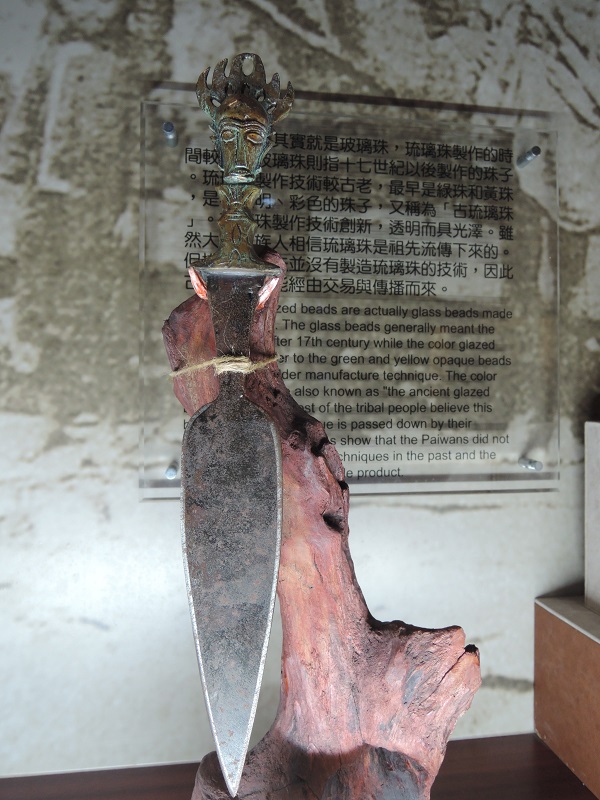
Park Facilities
1F Aboriginal Artifacts Exhibition Room - Bronze Knife
Source 臺東分署
One of the three main crafts of the Paiwan people: bronze knife
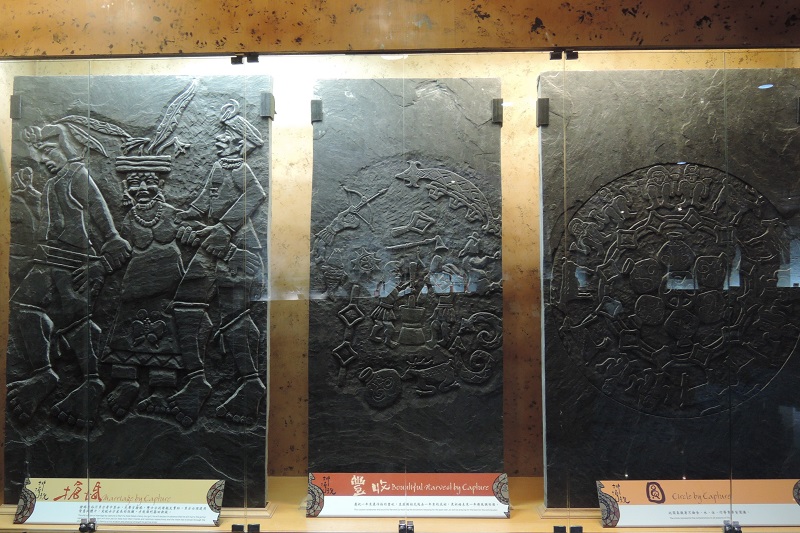
Park Facilities
1F Aboriginal Artifacts Exhibition Room - Carving Crafts
Source 臺東分署
Displays clothing, traditional utensils, farm tools, looms, embroidery, glass beads, pottery, stone houses and carvings of the Paiwan and Rukai indigenous peoples
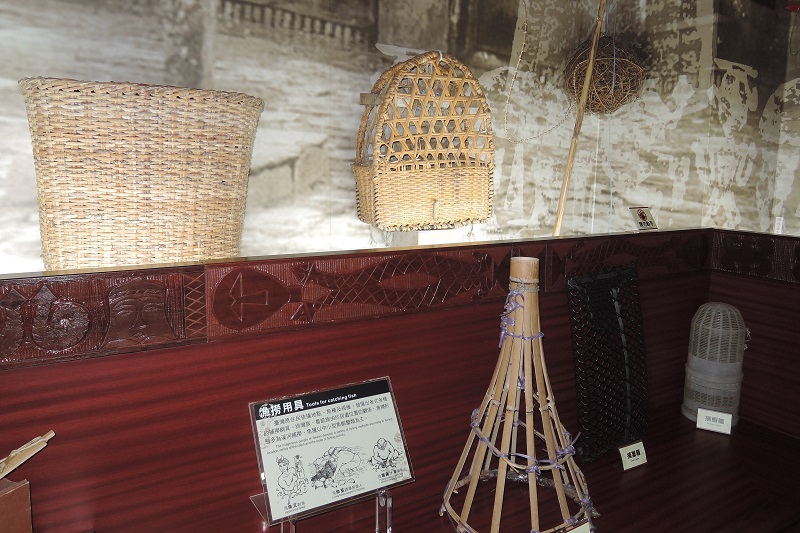
Park Facilities
1F Aboriginal Artifacts Exhibition Room - Fishing Equipment
Source 臺東分署
Fishing Equipment
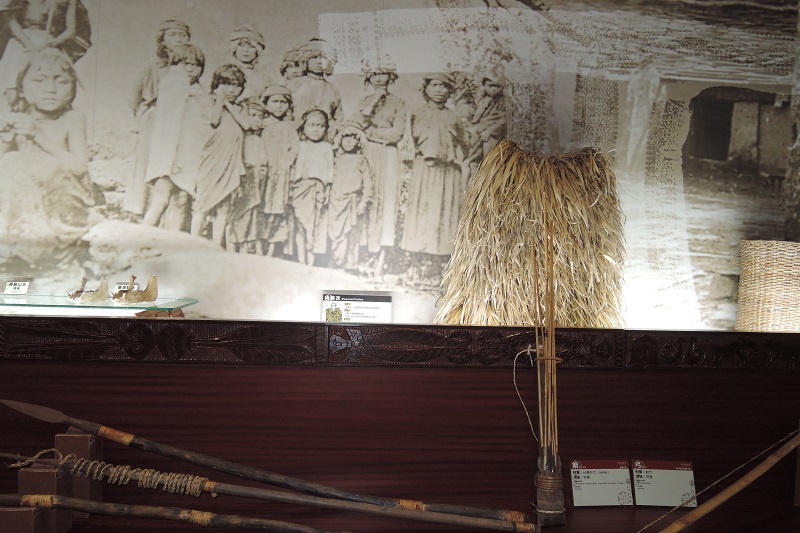
Park Facilities
1F Aboriginal Artifacts Exhibition Room - Traditional and Modern Hunting Tools
Source 臺東分署
Traditional and modern hunting tools
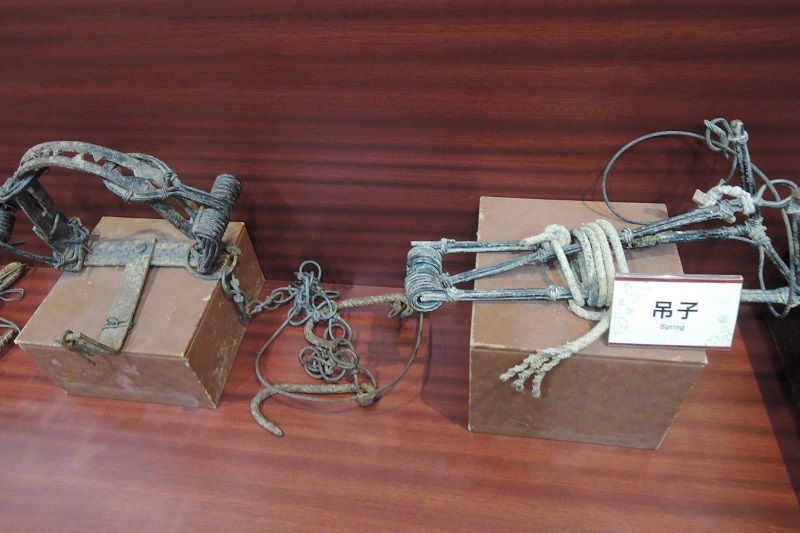
Park Facilities
1F Aboriginal Artifacts Exhibition Room - Traditional and Modern Hunting Tools 2
Source 臺東分署
Traditional and modern hunting tools
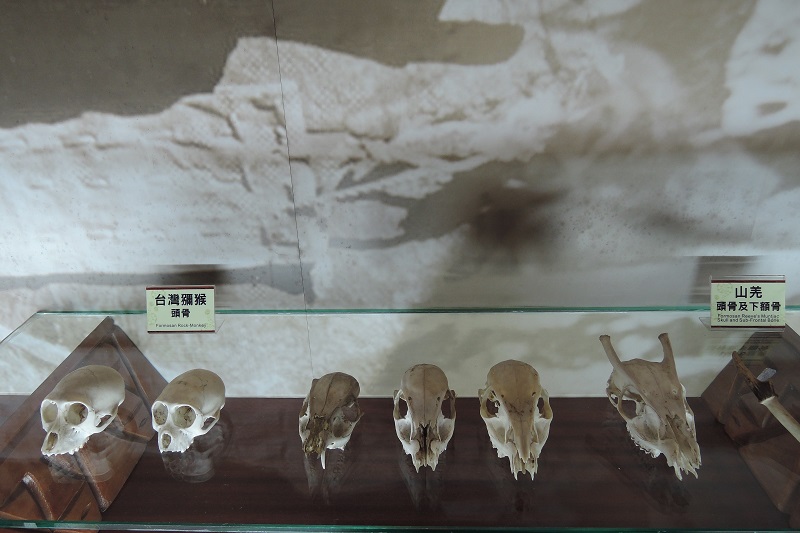
Park Facilities
1F Aboriginal Artifacts Exhibition Room - Wildlife Skulls
Source 臺東分署
Wildlife Skulls
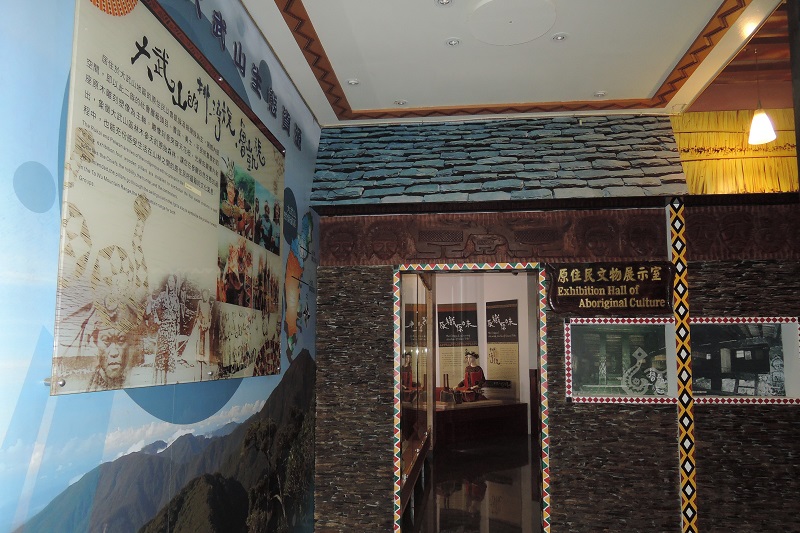
Park Facilities
1F Aboriginal Cultural Relics Exhibition Room
Source 臺東分署
The Aboriginal Cultural Relics Exhibition Room introduces the culture of the Paiwan and Rukai peoples. These two major ethnic groups live within the Dawushan Nature Reserve, so the two ethnic groups have many similarities, such as social class, clothing, houses, crafts and myths.
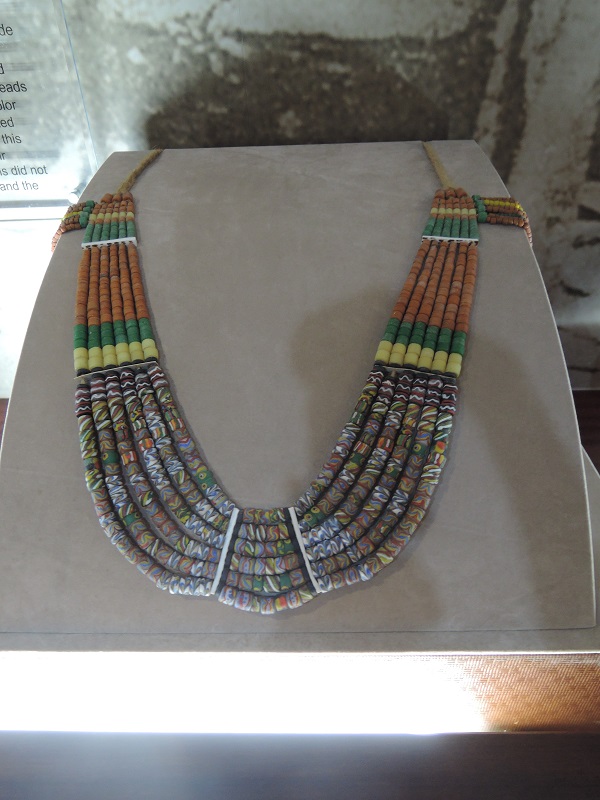
Park Facilities
1F Aboriginal Cultural Relics Exhibition Room - Glass Beads
Source 臺東分署
One of the three main crafts of the Paiwan people: Liuli
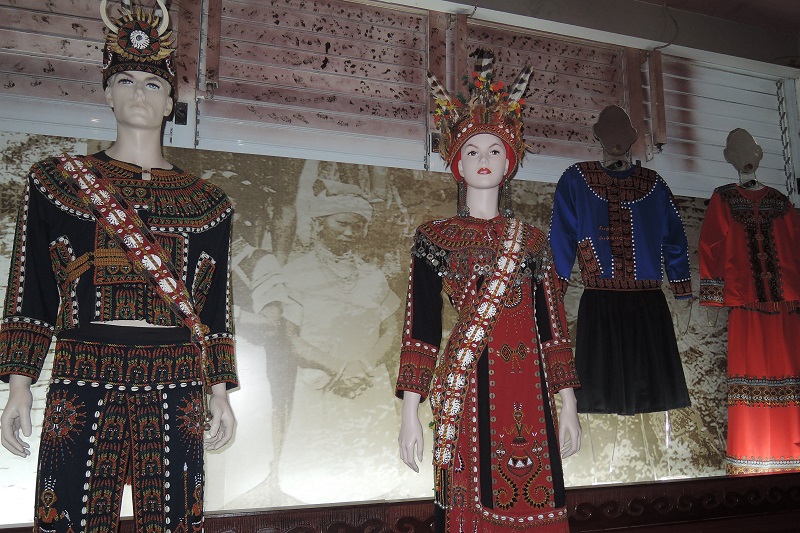
Park Facilities
1F Aboriginal Cultural Relics Exhibition Room - Paiwan Costumes
Source 臺東分署
The costumes displayed in this museum are those worn by chieftains and nobles. The totems include human head patterns, hundred-step snake patterns, pottery jars, etc. Common people are not allowed to use them.
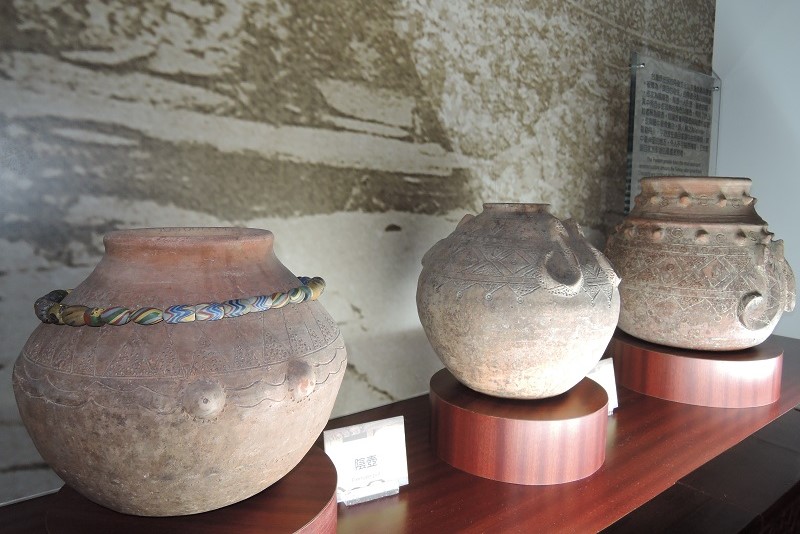
Park Facilities
1F Aboriginal Cultural Relics Exhibition Room - Pottery
Source 臺東分署
One of the three main crafts of the Paiwan people: pottery
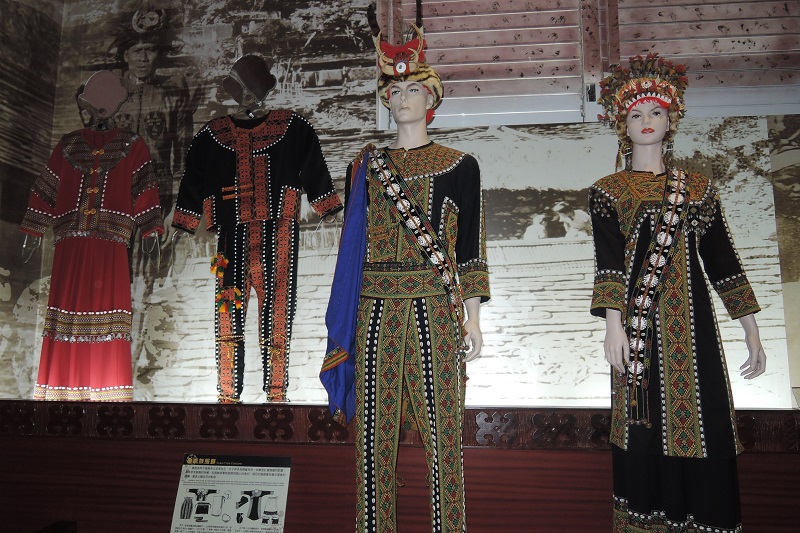
Park Facilities
1F Aboriginal Cultural Relics Exhibition Room - Rukai Costumes
Source 臺東分署
The biggest difference between the Rukai's and the Paiwan's clothing lies in the patterns. The Rukai's clothing mainly uses geometric shapes, especially diamond patterns (the diamond pattern symbolizes the back pattern of the hundred-pace snake, the ancestor of the aristocratic class, and has been widely respected and cherished since ancient times). Lilies are worn on the headdress. Lilies represent warriors for boys and chastity for girls. Only the leader can face the center of the flower forward, while the others should face the center of the flower outward.
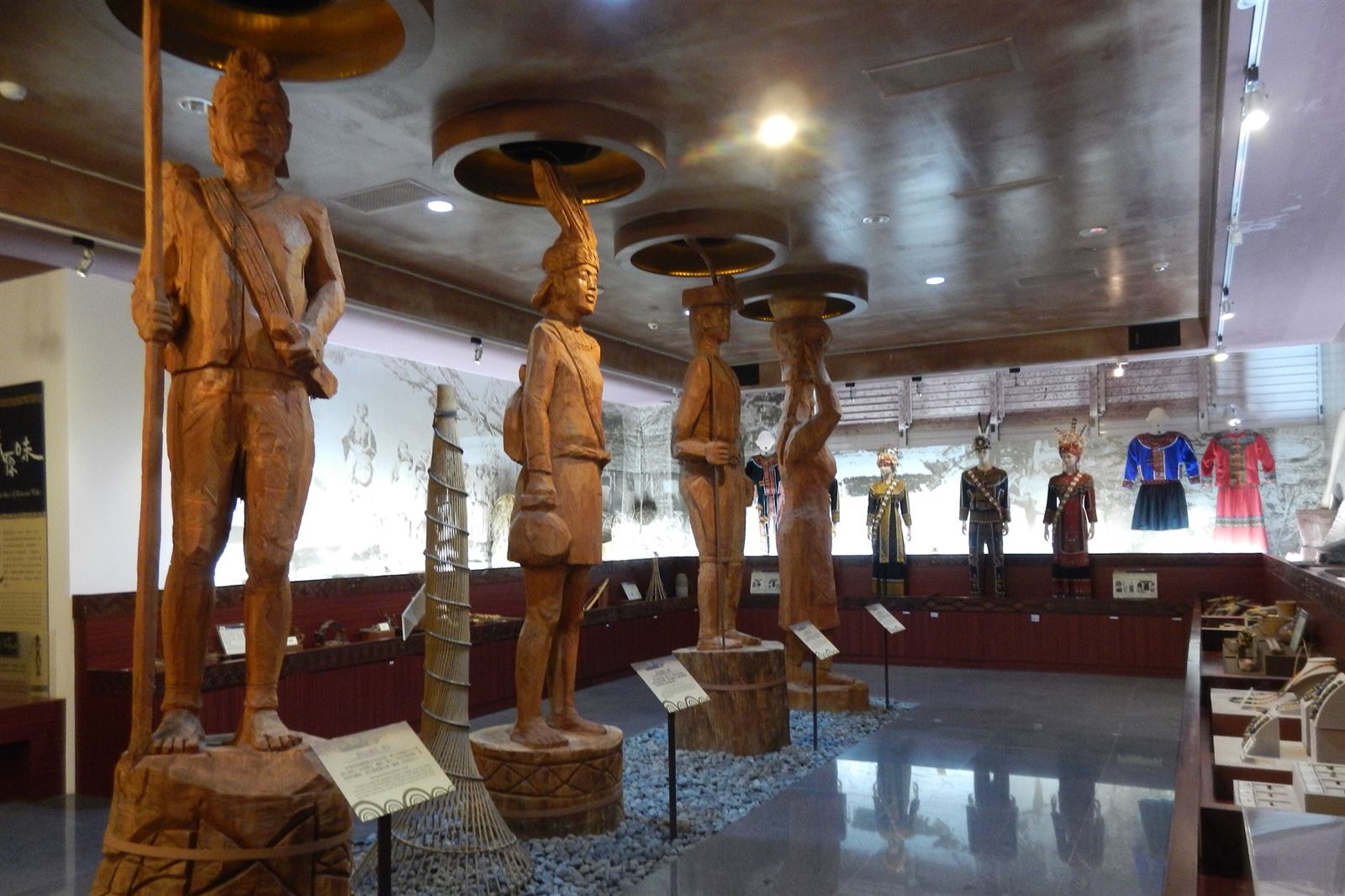
Park Facilities
1F Aboriginal Cultural Relics Exhibition Room - Social Class System of the Paiwan and Rukai Tribes
Source 臺東分署
The social class system of the Paiwan and Rukai peoples, with chieftains, nobles, warriors, and commoners
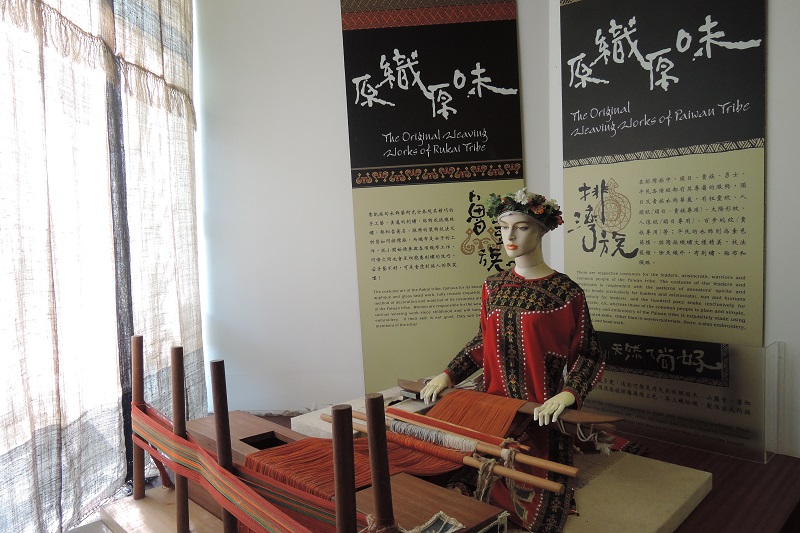
Park Facilities
1F Aboriginal Cultural Relics Exhibition Room - Traditional Loom
Source 臺東分署
Traditional loom

Park Facilities
1F Lobby Rubbing Area
Source 臺東分署
A space for tourists to relax, for children to make rubbings (including wild animals and Aboriginal culture) and for stamping commemorative stamps.
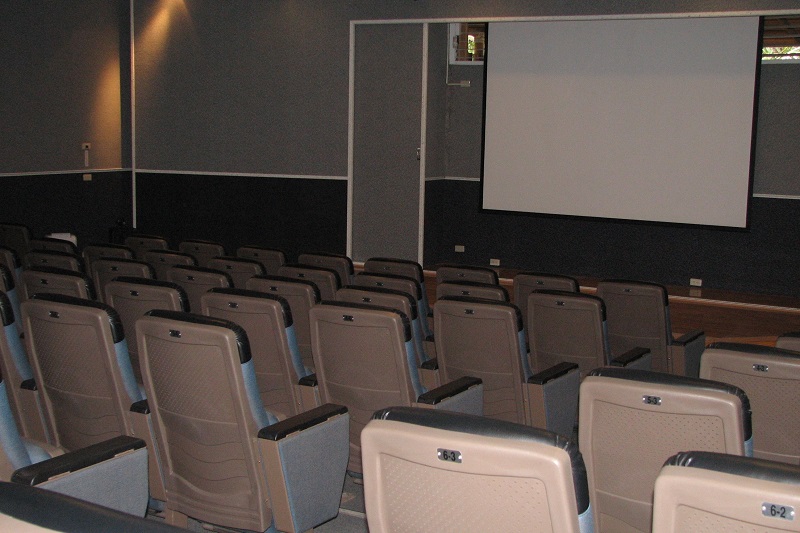
Park Facilities
1F Multimedia Room
Source 臺東分署
The program is available by appointment or on a flexible basis. It will play an introduction to the Dawushan Nature Reserve, which is divided into the Nature section to introduce the animals, plants and ecological environment of the reserve. The humanities section introduces the culture, festivals, rituals, life and social classes of the Paiwan and Rukai people. It can also play other videos related to nature conservation and can be used for professional training and meetings.
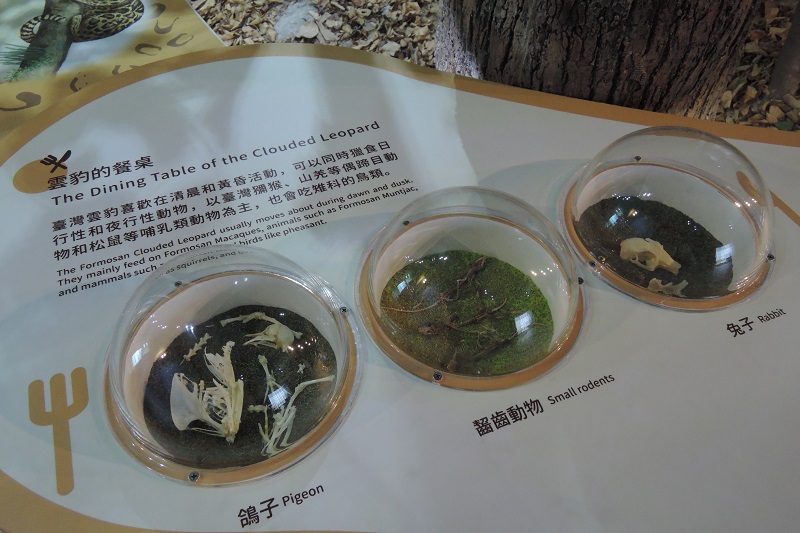
Park Facilities
2F Ecological Exhibition Area - Clouded Leopard's Dining Table
Source 臺東分署
Learn about the living environment and living habits of clouded leopards
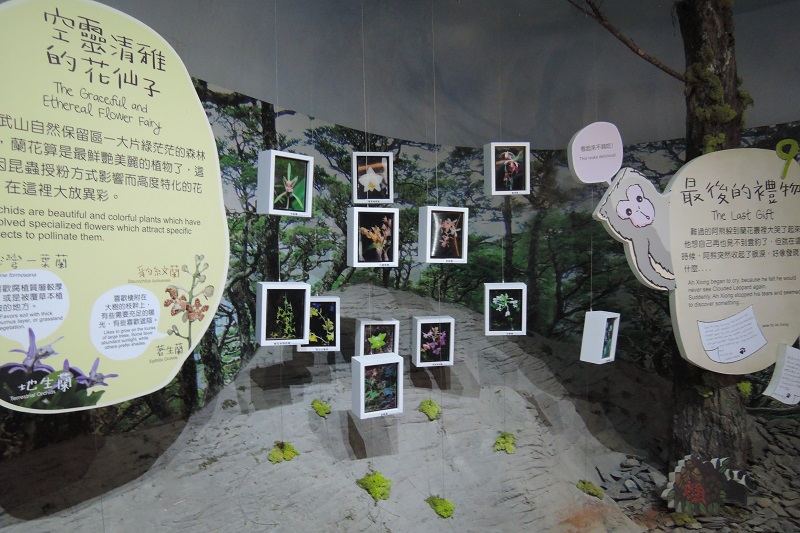
Park Facilities
2F Ecological Exhibition Area - Native Orchids
Source 臺東分署
Introducing the native orchid species in Dawushan Nature Reserve.

Park Facilities
2F Ecological Exhibition Area - Origin of the establishment of Dawushan Nature Reserve
Source 臺東分署
Introduce the origin of the establishment of Dawushan.
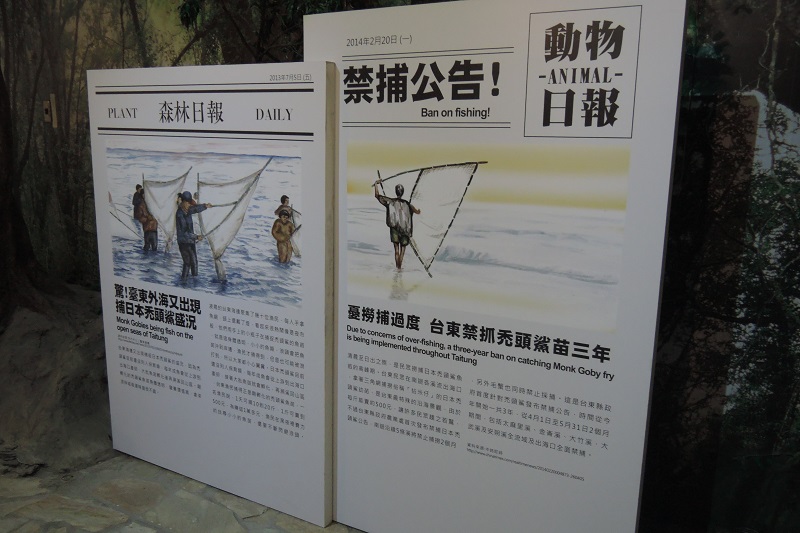
Park Facilities
2F Ecological Exhibition Area-Ecological Notice Board
Source 臺東分署
Ecological Notice Board
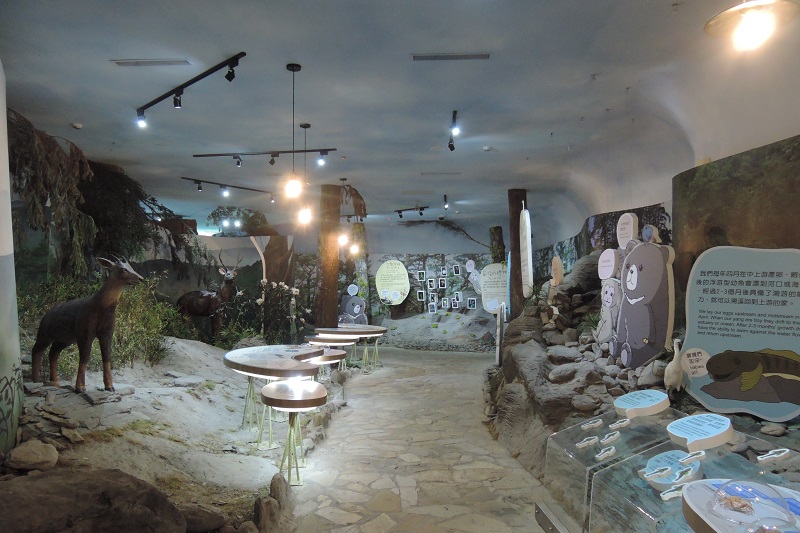
Park Facilities
2F Ecological Exhibition Area-High Altitude Ecological Environment
Source 臺東分署
Introduce the ecological environment of high-altitude plants and animals. The main conifer species are red cypress and hemlock. The main alpine flowers are Taiwan Rhododendron and Mori's Rhododendron.
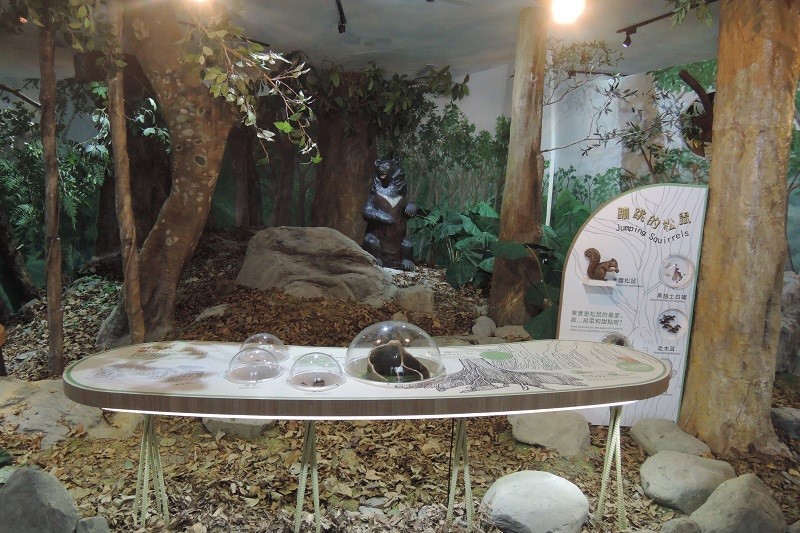
Park Facilities
2F Ecological Exhibition Area-Low Altitude Ecological Environment
Source 臺東分署
Introduces the low-altitude ecological environment, plant forest and wildlife habitat of Dawushan Nature Reserve.
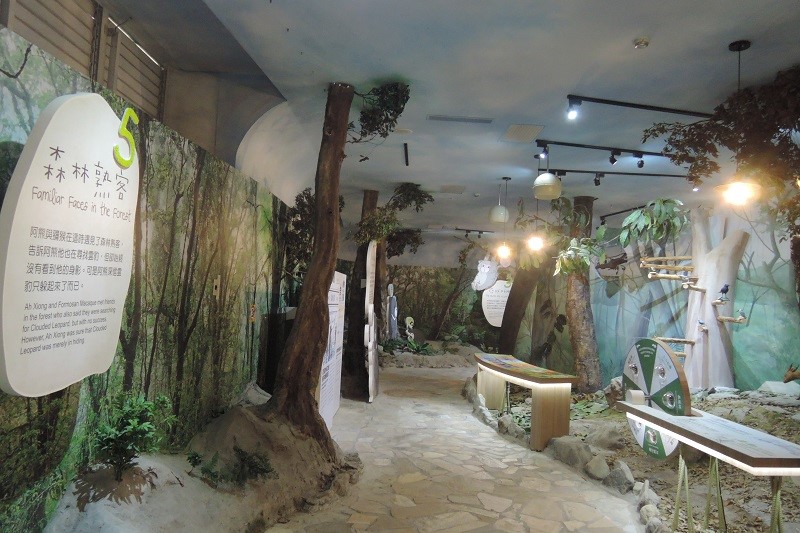
Park Facilities
2F Ecological Exhibition Area-Mid-Altitude Ecological Environment 1
Source 臺東分署
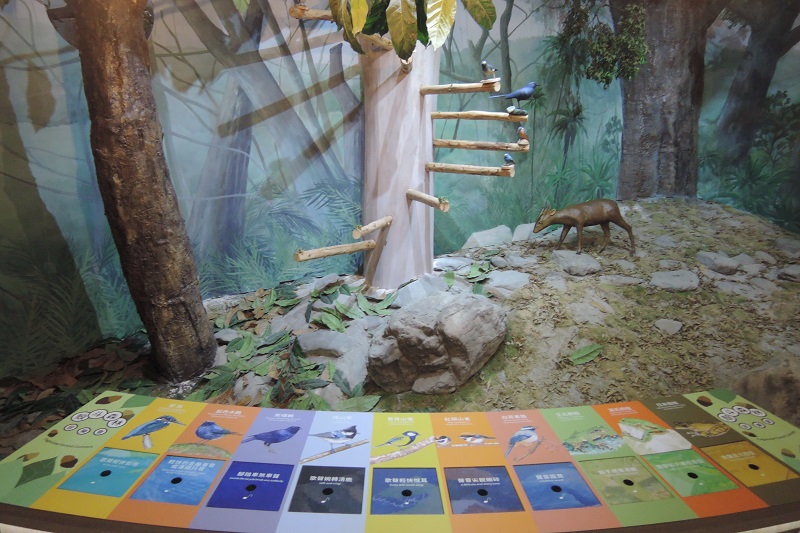
Park Facilities
2F Ecological Exhibition Area-Mid-Altitude Ecological Environment 2
Source 臺東分署
Interactive bird and frog chirping a cappella presents the scene of forest concert
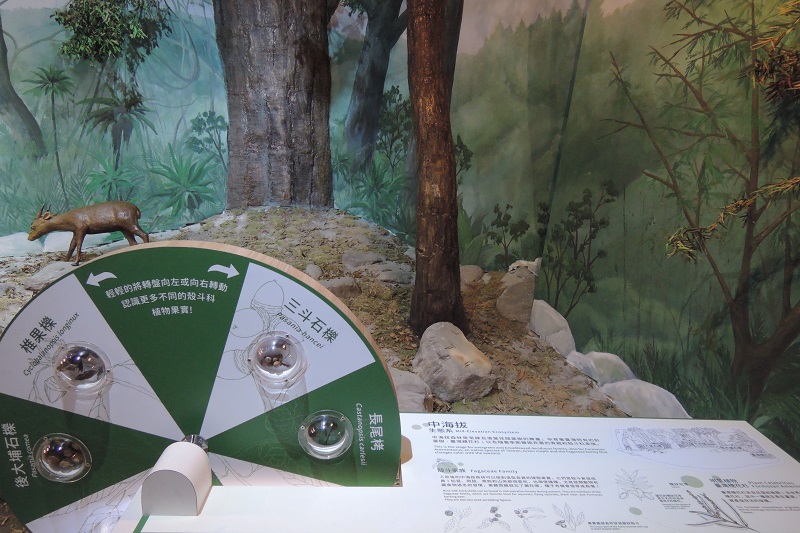
Park Facilities
2F Ecological Exhibition Area-Mid-Altitude Ecological Environment 3
Source 臺東分署
Rotate the disc to learn about the fruits of Fagaceae plants
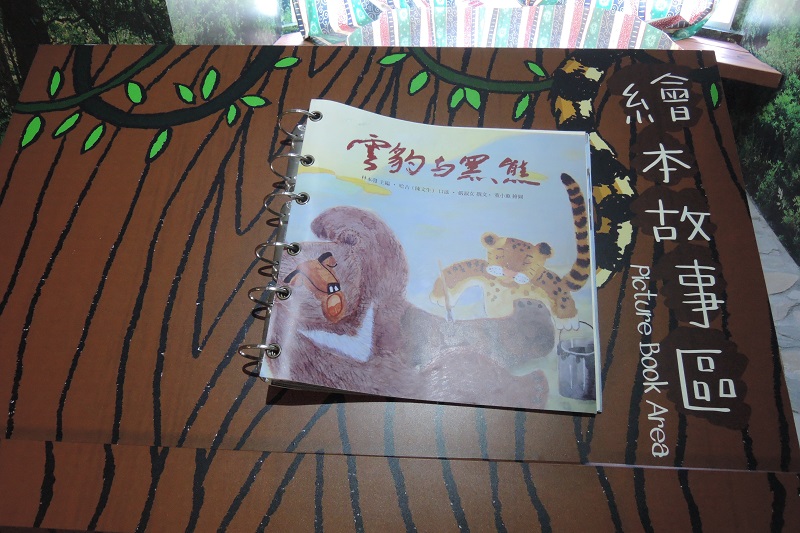
Park Facilities
2F Ecological Exhibition Area-Picture Book Story Area
Source 臺東分署
The public can use the story picture book to understand the theme and origin of the exhibition hall design.
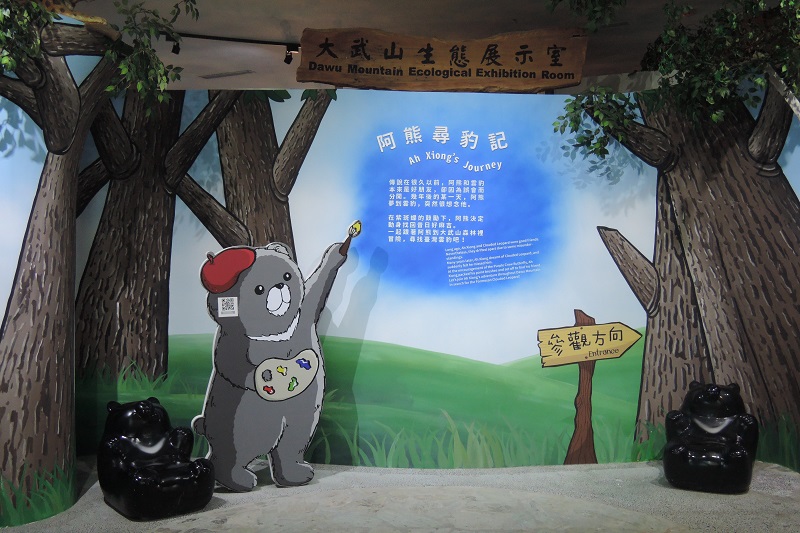
Park Facilities
2F Ecological Exhibition Room
Source 臺東分署
This exhibition room uses scenes from a story book to help people understand the ecological environment within the Dawushan Nature Reserve. The exhibition hall is mainly divided into two areas. Around the exhibition hall, the story of "Black Bear Searching for Clouded Leopard" is presented. In addition, in the middle of the exhibition hall, the plant forests and wild animals at low, medium and high altitudes in the Dawushan Nature Reserve are presented. In the process of searching for clouded leopards through black bears in Dawushan Nature Reserve, we can see what wild animals the black bears will encounter and the natural ecological environment from low altitude to high altitude.
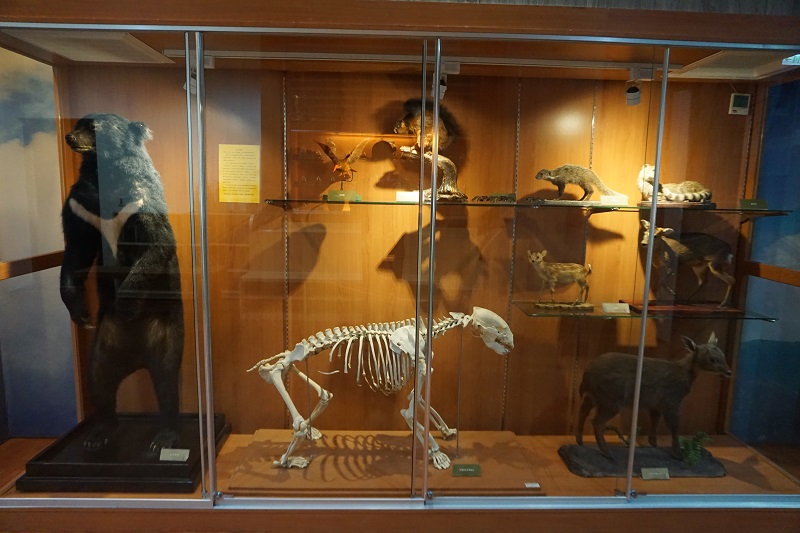
Park Facilities
2F Specimen Exhibition
Source 臺東分署
The specimens displayed in the specimen display window include civet, Formosan mitten crab, flying squirrel, red kingfisher, muntjac, goat and Formosan black bear.
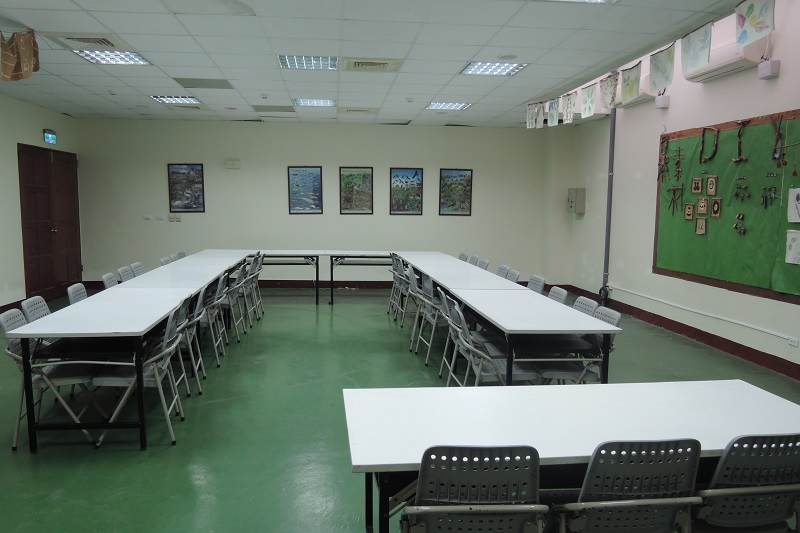
Park Facilities
Basement multi-purpose classroom
Source 臺東分署
It can accommodate 50 people as an environmental education training and natural material DIY classroom.
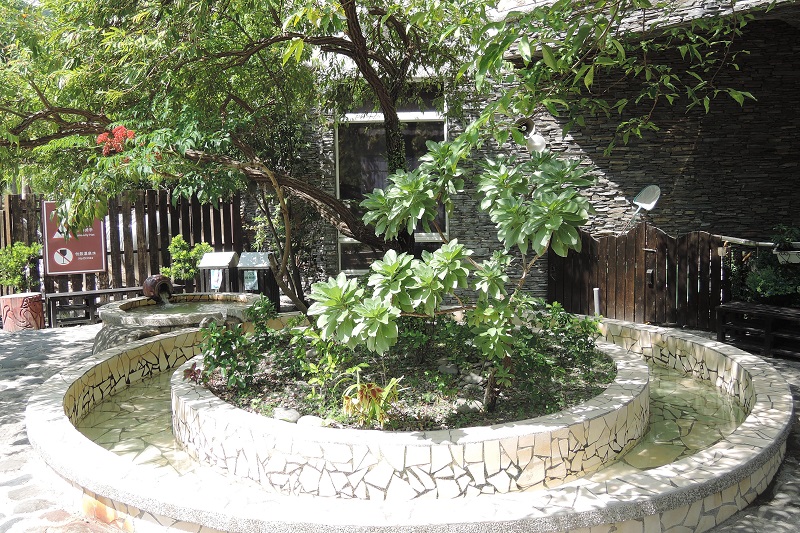
Park Facilities
Outdoor hot spring foot bath area
Source 臺東分署
Outdoor hot spring foot bath area
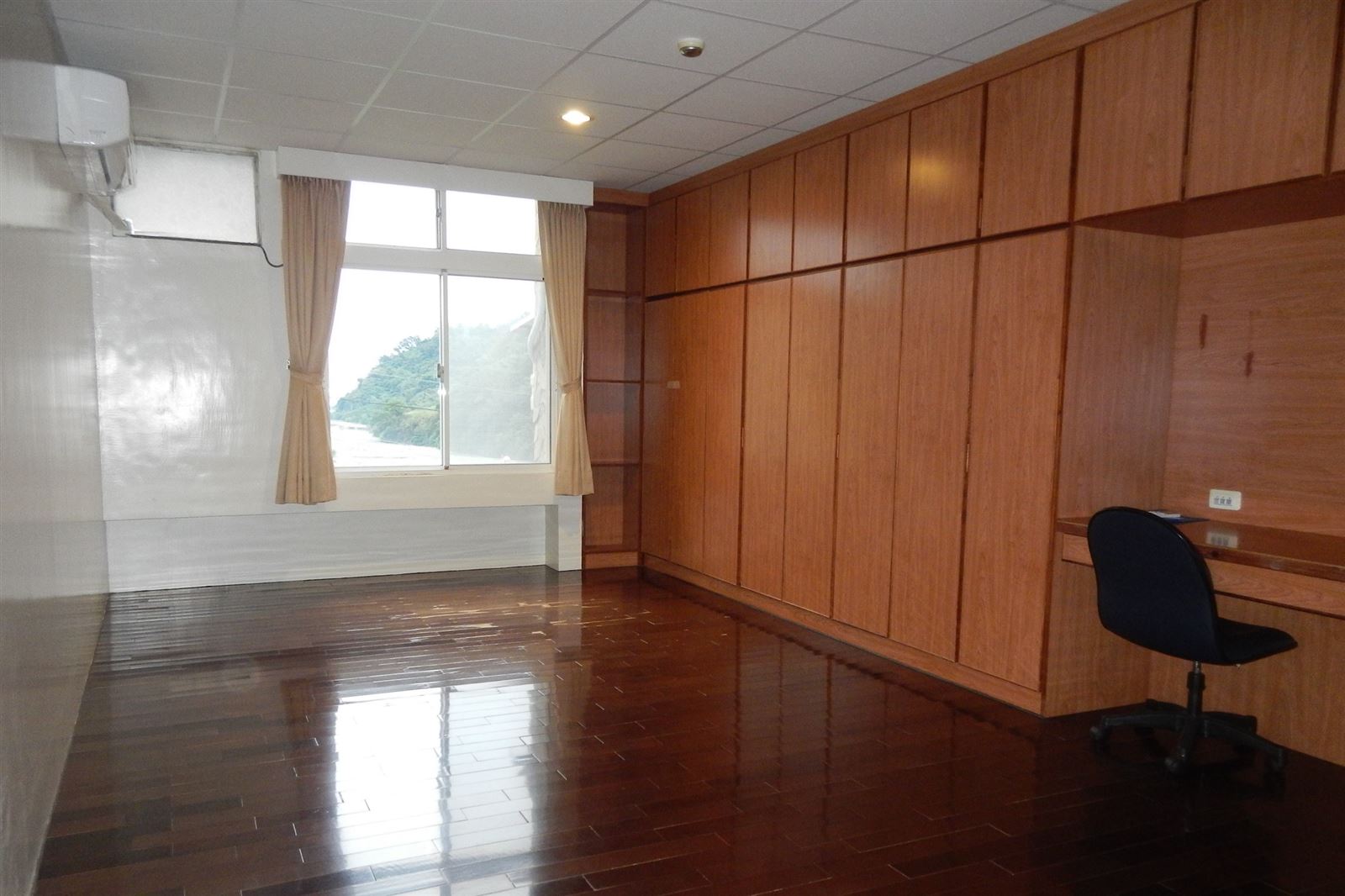
Restaurant/Accommodation/Meeting Room
3F Student Dormitory
Source 臺東分署
Provide accommodation for environmental education trainees from institutions and groups, including a lounge (reservation is required for rental).
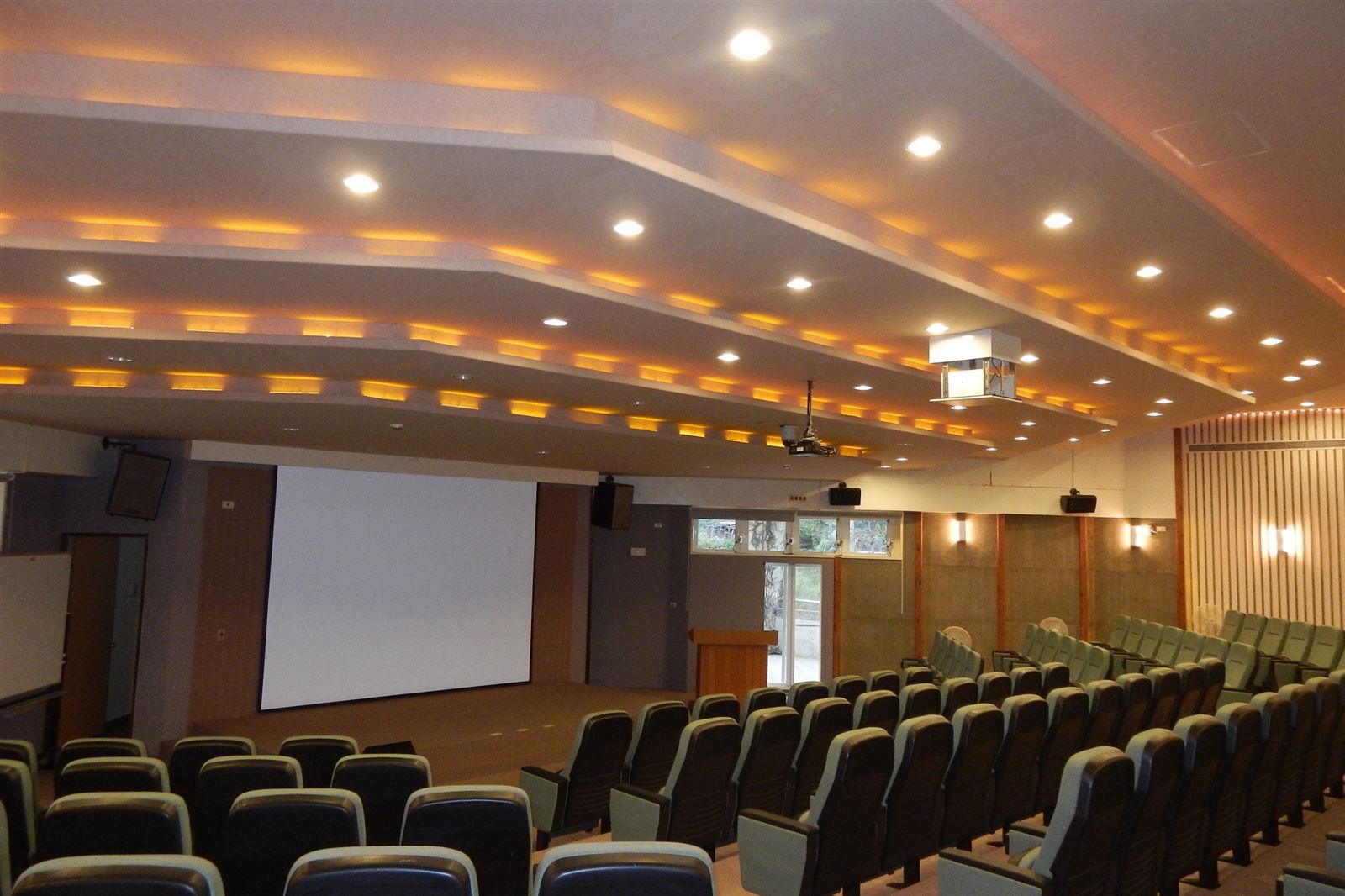
Restaurant/Accommodation/Meeting Room
4F Large Conference Room
Source 臺東分署
It is available for environmental education seminars and meetings for organizations and groups (reservation is required for rental), and can accommodate 100 people.
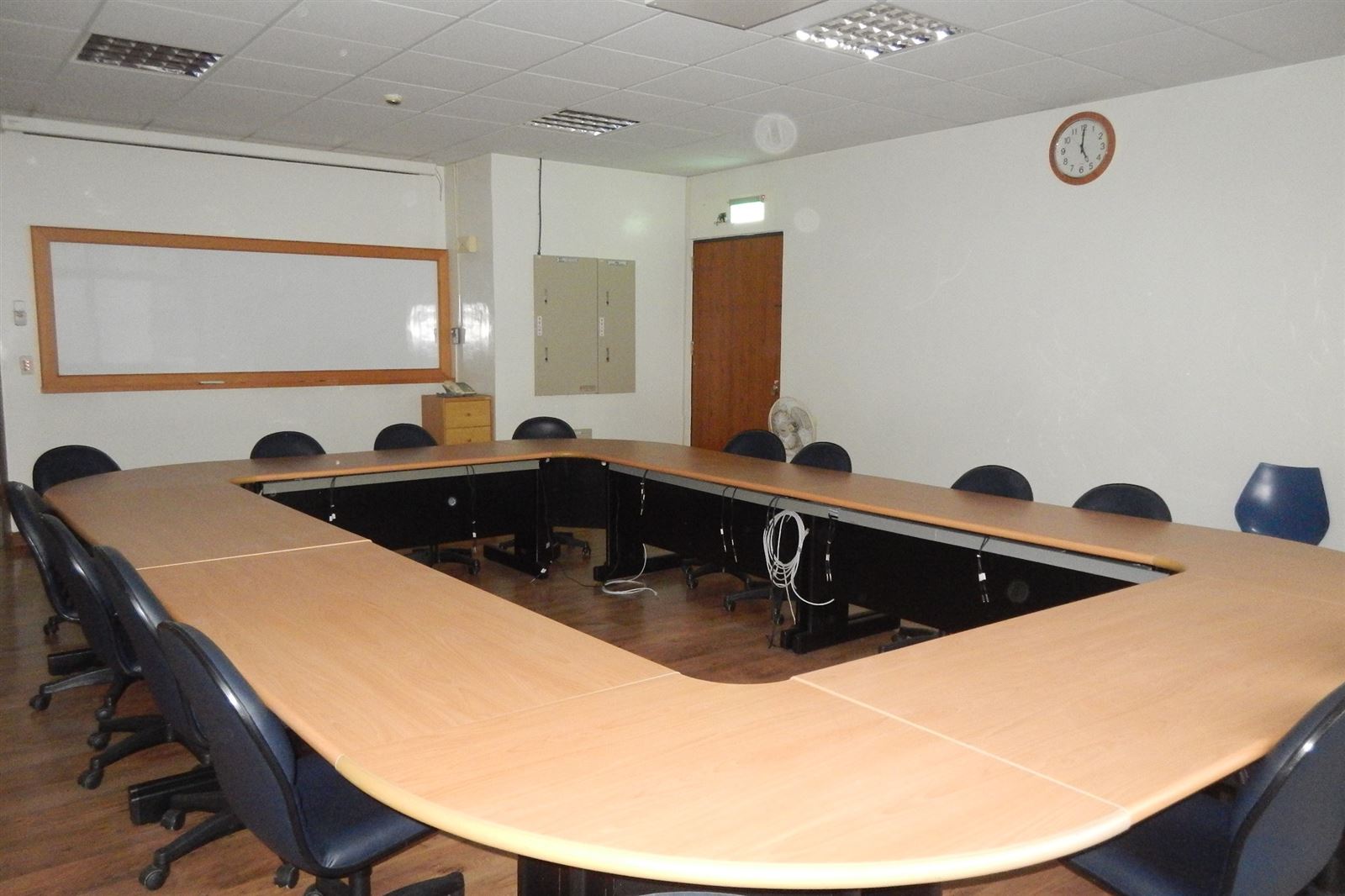
Restaurant/Accommodation/Meeting Room
4F Study Meeting Room
Source 臺東分署
It is available for environmental education seminars and meetings for organizations (appointment required for rental), and can accommodate 20-30 people.
Nearby Attractions
